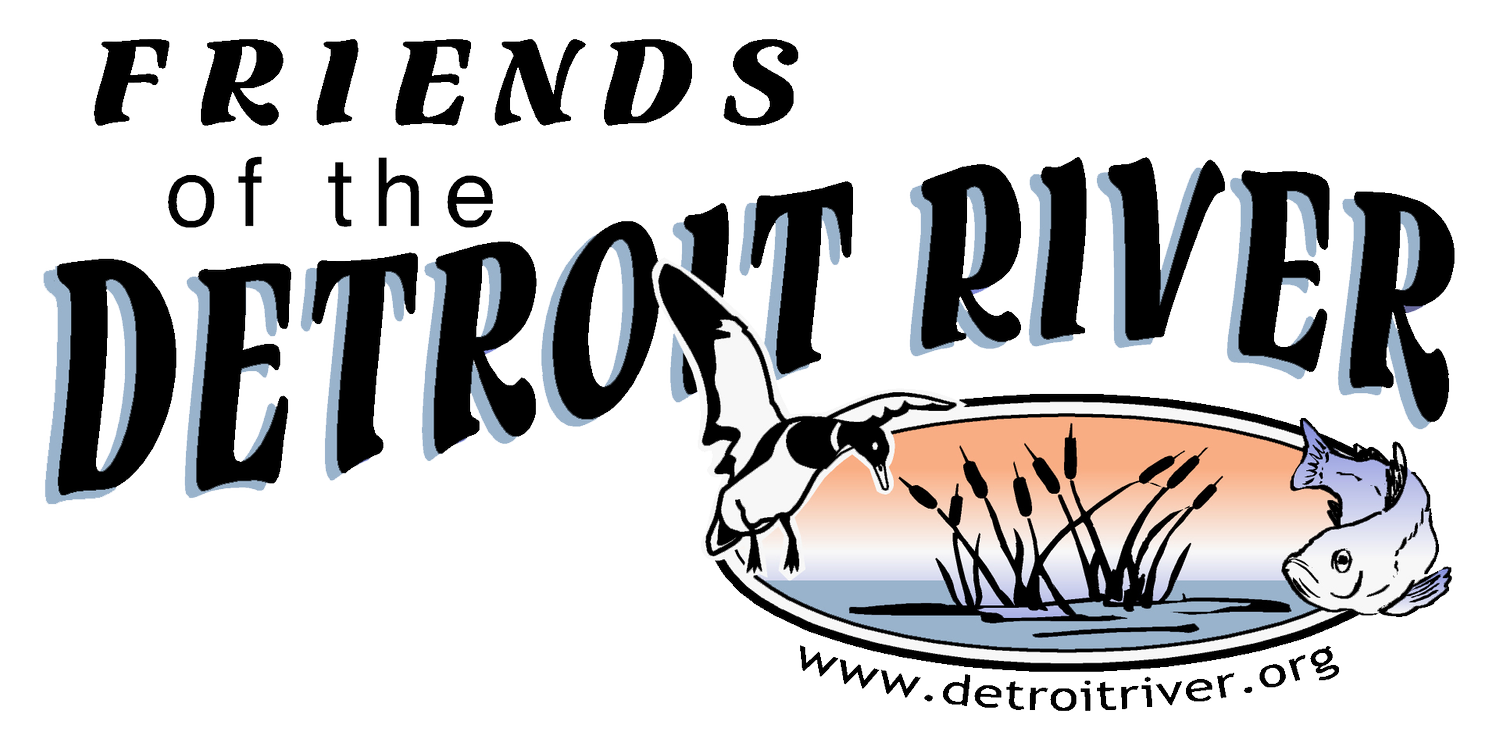South Fishing Pier
Funded by: U.S. Environmental Protection Agency
Project Budget: $550,000
Start Date: October 2010
End Date: August 2013
This project is located between the South Fishing Pier and the shoreline of Belle Isle. It features three "breakwater" barriers, consisting of core stone and 2-ton anchor stone, positioned parallel to the pier. In addition, three rock underwater berms running perpendicular to the pier protect a newly created aquatic nursery habitat from freighter wake and ice flows. The project area is 1,200 feet long and 90 feet wide. Within the protected zone, three, 0.2-acre pools dredged to 10 feet deep provide attractive drop-off zones for fish. Dredgings from the pools were placed in surrounding areas, raising river bottom elevations to support over 2.5 acres of newly created coastal wetland.
SmithGroup was engaged to assist the project team with design and engineering and Z Contractors was selected to conduct construction. The project was designed and constructed in combination with work at the Blue Heron Lagoon as a nursery for larva fish emanating from a nearby spawning reef and the existing shoal just upstream from the project site.
With funding secured in 2010, this project was completed in the summer of 2013. Led by the Friends of the Detroit River (FDR), the U.S. Environmental Protection Agency, the City of Detroit and a suite of other partners, this project makes significant strides to restore the river's ecological function, structure, and biotic diversity.
To further enhance the project, seven Detroit Public Schools conducted stewardship events. FDR coordinated their shoreline planting events through the US Forest Service Urban Forestry Stewardship program. Litter collection and water quality monitoring events were coordinated through the Alliance for the Great Lakes Adopt-a-Beach™ program. The Belle Isle Nature Zoo (now called the Belle Isle Nature Center) and the Michigan Science Teacher Association provided support for all the events. A final shoreline planting event was conducted in August of 2013 by Greening of Detroit.
In addition to a $2,000 plant purchase by the Detroit Recreation Department, volunteers working in the Belle Isle greenhouses provided native plant materials, with genotypes local to the island, on behalf of the Belle Isle Conservancy. Donated materials included various oak species, red twigged and Drummond's dogwood and spicebush. Purchased materials included native shrubs and perennials, including eastern ninebark, cardinal flower, coreopsis, blue lobelia, asters, goldenrod, swamp rose, steeplebush and various sedges.
The students' in-kind service contributed to the Detroit community's match obligation of $30,000. The Detroit Recreation Department (DRD) provided most of the match requirement by furnishing facilities for planning meetings over a two-year span and assisting with construction coordination. Amphibian and bird monitoring were also part of DRD's match contribution. Although this project was largely funded by the federal government, the Detroit community participated throughout the planning and construction process and will enjoy the project benefits as they continue to grow.
The Great Lakes and coastal resources like the Detroit River are Michigan's most valuable natural resources and are fundamental to our identity and quality of life. The Great Lakes have extraordinary ecologic and economic value for Michigan providing:
jobs for more than 800,000 Michigan residents
a world-renowned commercial and sport fishery with an annual value of more than $7 billion
a $12.8 billion tourism industry
water resources for manufacturing industries, which produce 60 percent of our nation's steel and automobiles
harbors and marinas that support a $2 billion annual recreational boating industry
The South Fishing Pier restoration project provided significant steps to further enhance this valuable resource.







